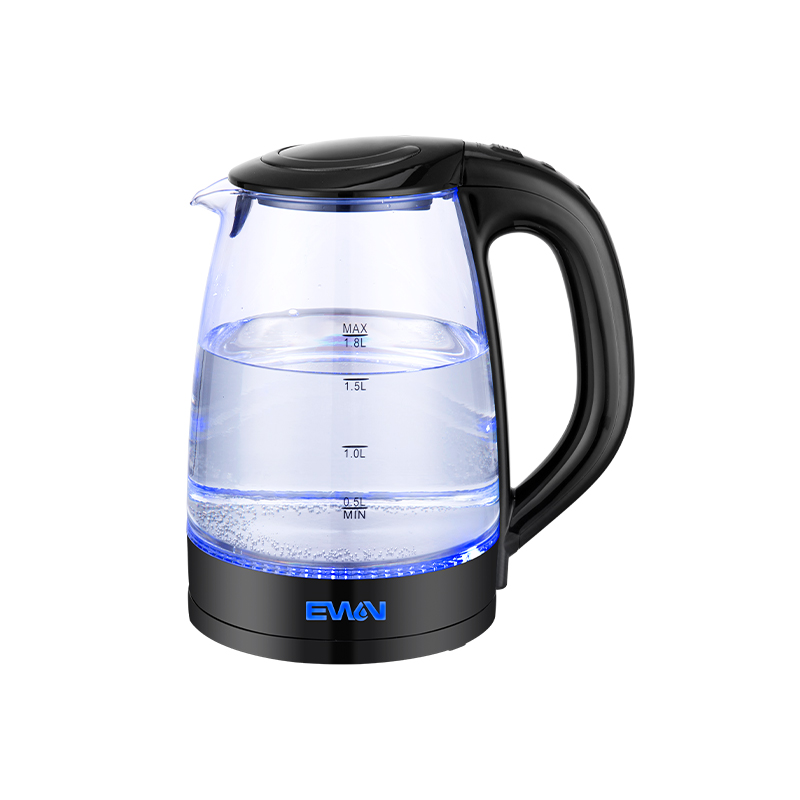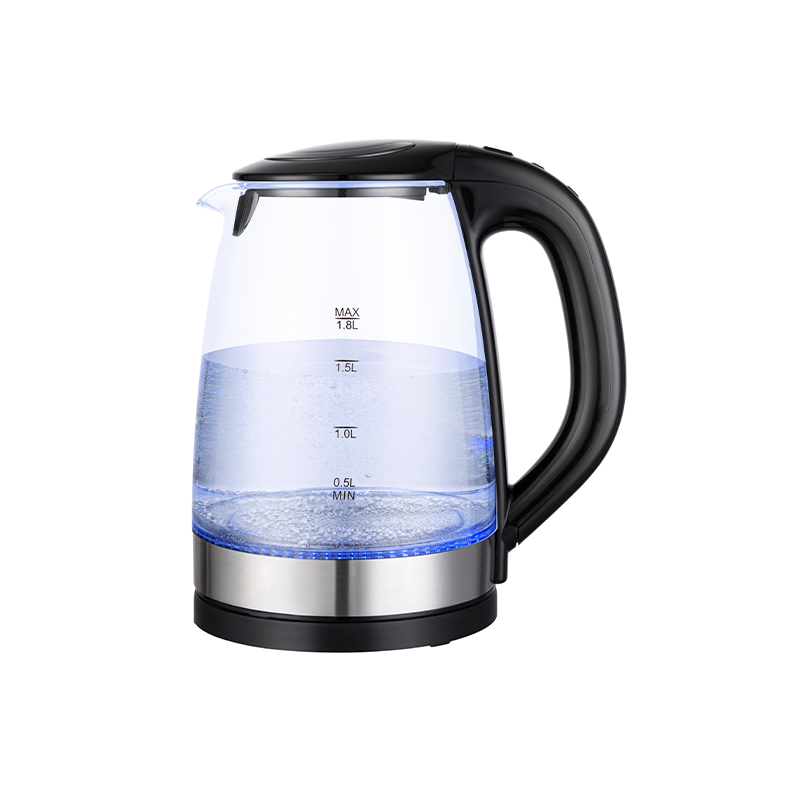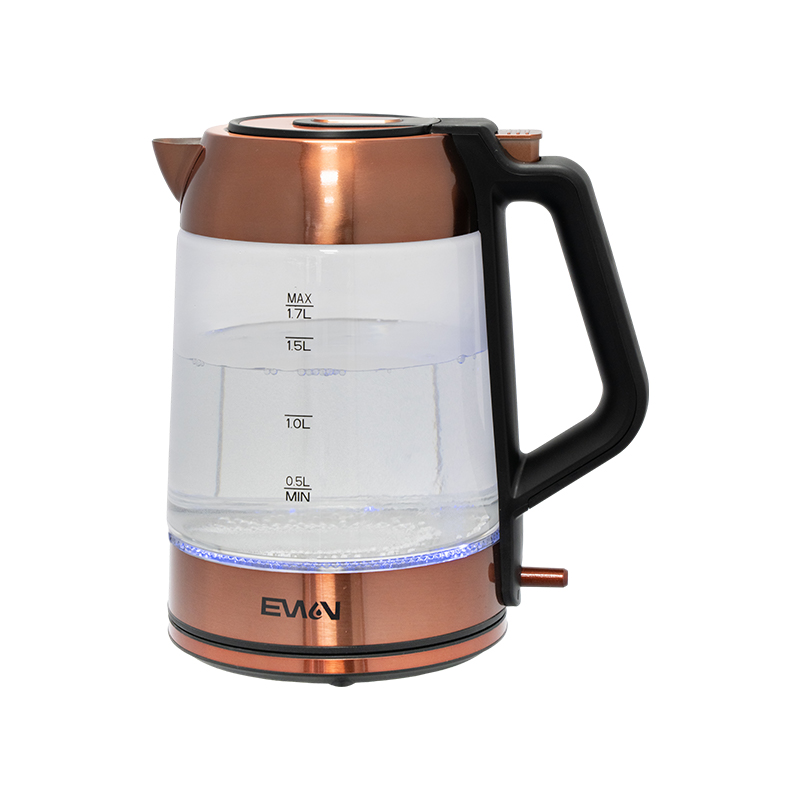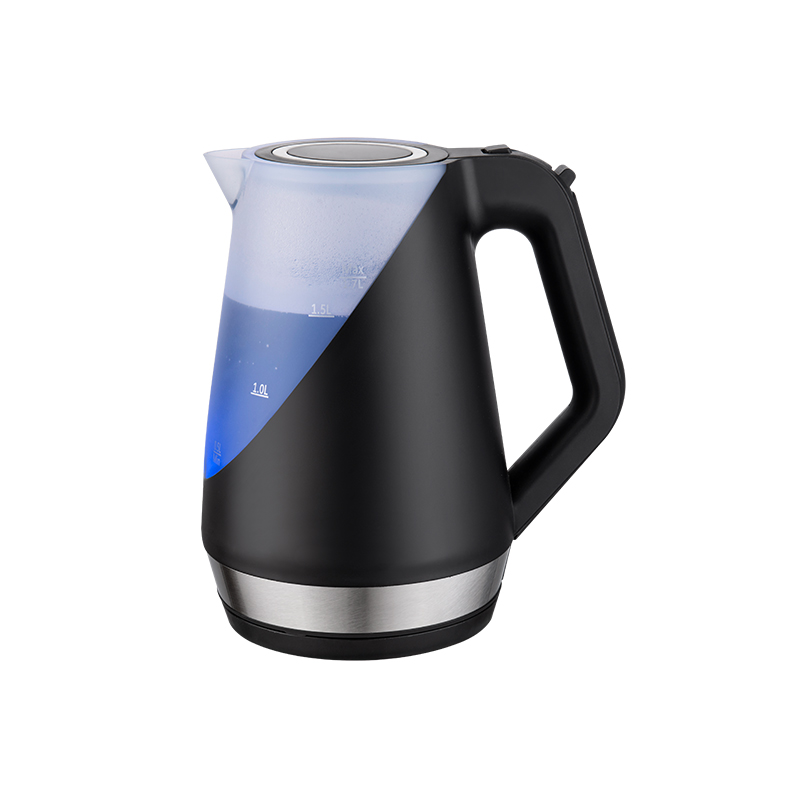+86-18667862027
Web Menu
Product Search
Exit Menu
Home / News / Industry News / How durable is the dry-proof plastic construction in an electric kettle, especially in terms of stain or odor resistance?
Industry News
News you need to know about
How durable is the dry-proof plastic construction in an electric kettle, especially in terms of stain or odor resistance?
2024-03-28
The durability of dry-proof plastic construction in an electric kettle can vary depending on the specific materials used and the manufacturing quality. Generally, dry-proof plastics are chosen for their resilience against moisture and their ability to resist stains and odors. Here are some key points to consider:
Material Quality: The durability and stain/odor resistance of dry-proof plastic construction in electric kettles are heavily contingent upon the quality of the materials utilized. We select high-grade plastics that meet stringent safety standards and are specifically formulated for kitchen appliance applications. These plastics are engineered to withstand repeated exposure to heat, moisture, and various beverages without compromising their structural integrity or performance. Advanced polymer compositions may incorporate additives or reinforcements to enhance resistance to staining and odors while ensuring long-term durability and safety.
Stain Resistance: Dry-proof plastics are inherently resistant to staining due to their non-porous nature and smooth surface finish. However, certain substances like tea, coffee, or hard water minerals can still leave visible marks over time if left untreated. To address this challenge, we employ innovative surface treatments or coatings that create a barrier against staining agents, preventing them from penetrating the plastic substrate. Meticulous attention is paid to the design of the kettle's interior, with features such as seamless construction and rounded edges to minimize areas where stains can accumulate.
Odor Resistance: Dry-proof plastics exhibit superior odor resistance compared to materials like stainless steel or glass, thanks to their inherently low porosity and molecular structure. This property inhibits the absorption and retention of odors, minimizing the risk of lingering smells from previous uses. However, certain aromatic compounds or pungent substances may still impart odors if not properly cleaned and maintained. To address this, we incorporate antimicrobial agents or odor-neutralizing additives into the plastic formulation, further enhancing its odor resistance capabilities. Specialized cleaning protocols and recommended cleaning agents are provided to users to ensure effective odor removal and long-lasting freshness.
Maintenance: Proper maintenance is critical to preserving the stain and odor resistance of dry-proof plastic construction in electric kettles. Regular cleaning is essential to remove any accumulated residues or impurities that could compromise the kettle's appearance or performance. In addition to routine cleaning, periodic descaling is necessary to remove mineral deposits that may accumulate from hard water usage, which can contribute to staining and affect the kettle's efficiency. By adhering maintenance practices, users can prolong the lifespan of their electric kettle and ensure consistent performance over time.
User Care: Users play a crucial role in maintaining the stain and odor resistance of their electric kettle by exercising proper care and handling. It's essential to avoid harsh cleaning agents or abrasive tools that could scratch or damage the plastic surface, as these imperfections may provide sites for stains and odors to adhere. Users should promptly dry the kettle after cleaning to prevent water spots or mineral buildup, which can detract from its aesthetic appeal. Storing the kettle in a clean, dry environment when not in use helps prevent external contaminants from compromising its cleanliness and odor neutrality. By adopting these user care practices, individuals can maximize the longevity and performance of their electric kettle while preserving its stain and odor resistance properties.
Material Quality: The durability and stain/odor resistance of dry-proof plastic construction in electric kettles are heavily contingent upon the quality of the materials utilized. We select high-grade plastics that meet stringent safety standards and are specifically formulated for kitchen appliance applications. These plastics are engineered to withstand repeated exposure to heat, moisture, and various beverages without compromising their structural integrity or performance. Advanced polymer compositions may incorporate additives or reinforcements to enhance resistance to staining and odors while ensuring long-term durability and safety.
Stain Resistance: Dry-proof plastics are inherently resistant to staining due to their non-porous nature and smooth surface finish. However, certain substances like tea, coffee, or hard water minerals can still leave visible marks over time if left untreated. To address this challenge, we employ innovative surface treatments or coatings that create a barrier against staining agents, preventing them from penetrating the plastic substrate. Meticulous attention is paid to the design of the kettle's interior, with features such as seamless construction and rounded edges to minimize areas where stains can accumulate.
Odor Resistance: Dry-proof plastics exhibit superior odor resistance compared to materials like stainless steel or glass, thanks to their inherently low porosity and molecular structure. This property inhibits the absorption and retention of odors, minimizing the risk of lingering smells from previous uses. However, certain aromatic compounds or pungent substances may still impart odors if not properly cleaned and maintained. To address this, we incorporate antimicrobial agents or odor-neutralizing additives into the plastic formulation, further enhancing its odor resistance capabilities. Specialized cleaning protocols and recommended cleaning agents are provided to users to ensure effective odor removal and long-lasting freshness.
Maintenance: Proper maintenance is critical to preserving the stain and odor resistance of dry-proof plastic construction in electric kettles. Regular cleaning is essential to remove any accumulated residues or impurities that could compromise the kettle's appearance or performance. In addition to routine cleaning, periodic descaling is necessary to remove mineral deposits that may accumulate from hard water usage, which can contribute to staining and affect the kettle's efficiency. By adhering maintenance practices, users can prolong the lifespan of their electric kettle and ensure consistent performance over time.
User Care: Users play a crucial role in maintaining the stain and odor resistance of their electric kettle by exercising proper care and handling. It's essential to avoid harsh cleaning agents or abrasive tools that could scratch or damage the plastic surface, as these imperfections may provide sites for stains and odors to adhere. Users should promptly dry the kettle after cleaning to prevent water spots or mineral buildup, which can detract from its aesthetic appeal. Storing the kettle in a clean, dry environment when not in use helps prevent external contaminants from compromising its cleanliness and odor neutrality. By adopting these user care practices, individuals can maximize the longevity and performance of their electric kettle while preserving its stain and odor resistance properties.
PREV:How does the washable filtered glass electric kettle compare in terms of durability to traditional plastic or metal kettles?NEXT:Digital kettle: precise temperature control, creating a new intelligent drinking experience
address
No.935 Qiye Road, Zhouxiang Town, Cixi City, Zhejiang Province, China
Sale’s Email
leila@nbewin.com
sales8@nbewin.com
sales9@nbewin.com
Copyrighte Ningbo Ewin Electrical Appliances Co., Ltd. All Rights Reserved.












